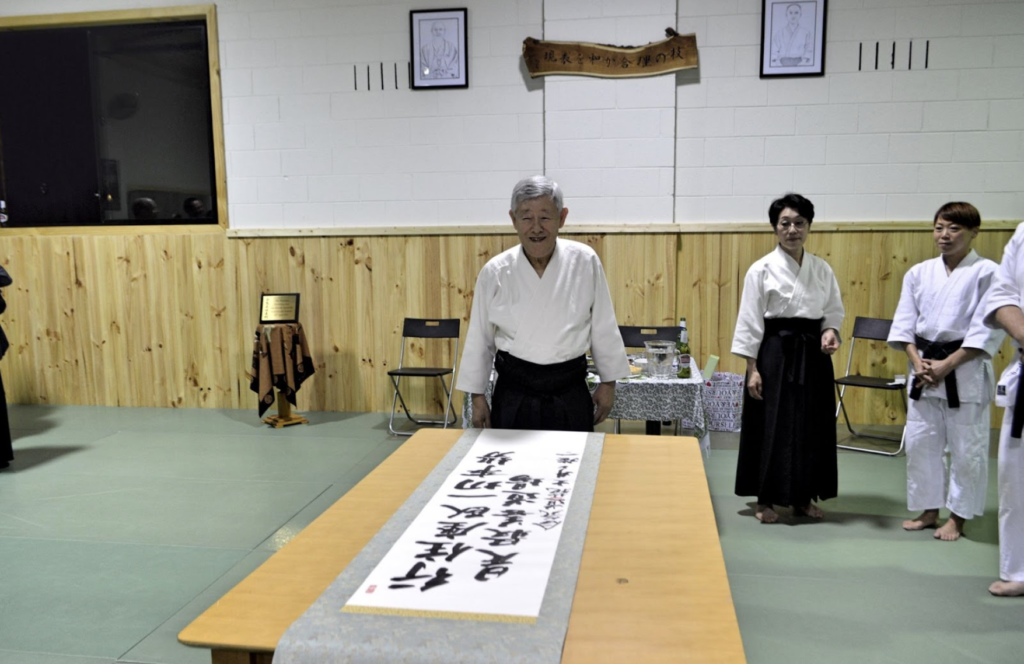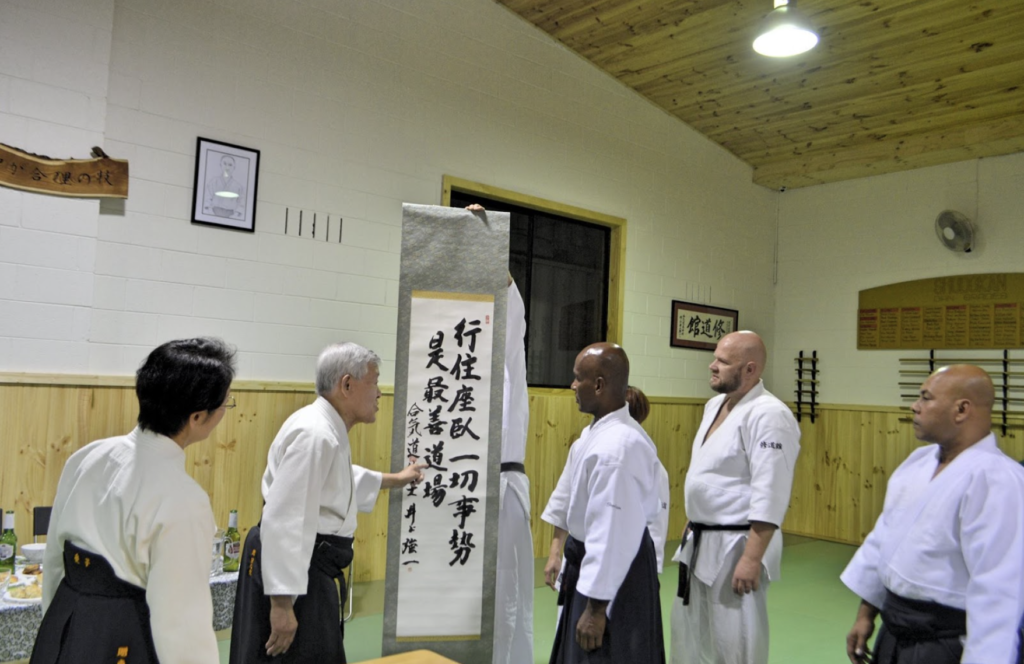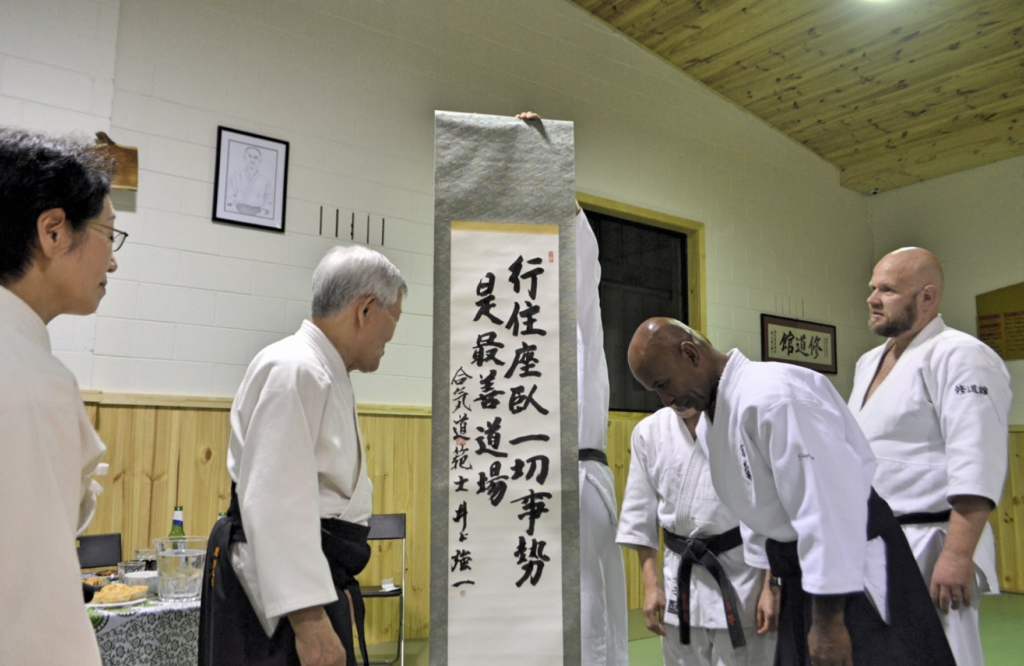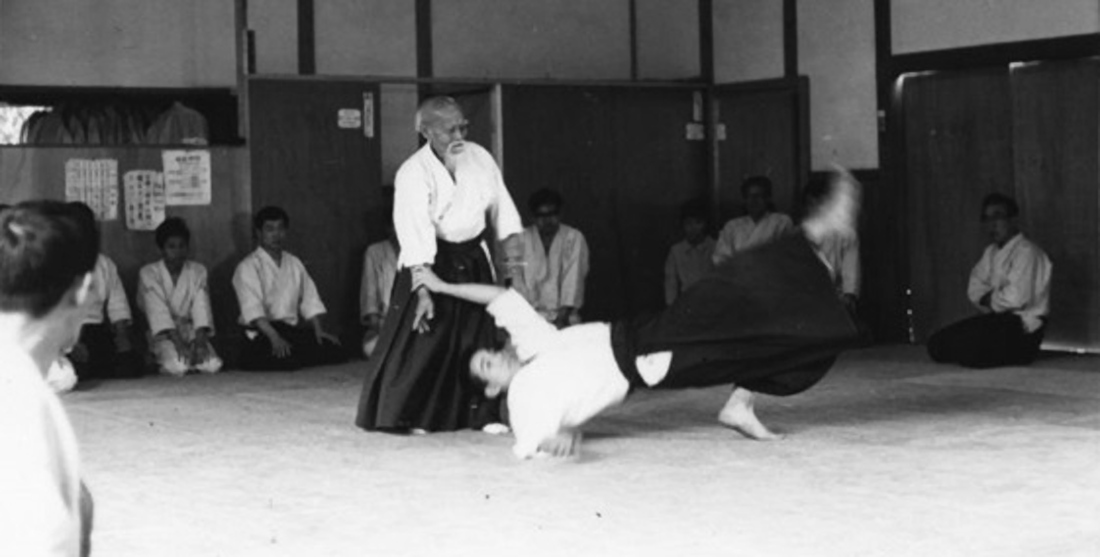THE HISTORY OF AIKIDO SHUDOKAN
AIKIDO HISTORY, OUR FOUNDERS & KEY FIGURES
The history of Aikido from 1800 is closely linked to the development of Japan’s martial arts culture during the Edo period (1603-1868) and the subsequent Meiji era (1868-1912).
During the Edo period, Japan was ruled by a shogunate that imposed a strict social order and banned the use of weapons among the common people. As a result, many martial arts were developed in secret, often by samurai who wanted to maintain their fighting skills.
One of these martial arts was Daito-ryu Aiki-jujutsu, which was developed by Sokaku Takeda in the late 19th century. Takeda was a skilled martial artist who had studied several different styles, including swordsmanship and hand-to-hand combat. In 1915, Morihei Ueshiba, who had been studying various martial arts since childhood, began studying Daito-ryu Aiki-jujutsu with Takeda.
Ueshiba quickly became one of Takeda’s top students and eventually became a master of the art himself. However, Ueshiba was not satisfied with the aggressive and combative nature of Daito-ryu Aiki-jujutsu. He began to develop his own style, which focused more on harmonizing with an attacker’s energy and using techniques that would not cause serious injury. Ueshiba’s new style was initially called “Aiki-Budo,” but he later changed the name to “Aikido” to reflect his emphasis on harmony and the spiritual aspects of martial arts.
Aikido became increasingly popular in Japan and eventually spread to other countries, with Ueshiba traveling and teaching his art until his death in 1969. Today, Aikido is practiced all over the world and continues to evolve as new generations of practitioners bring their own insights and innovations to the art.
sokaku takeda
The founder of Daito Ryu Aikijujutsu
1859 - 1943
Sokaku Takeda was a prominent martial artist and the founder of Daito-ryu Aiki-jujutsu, which is considered to be one of the precursor arts to Aikido. Takeda was born on October 10, 1859, in Aizu-Wakamatsu, Japan. He was born into a samurai family and began his martial arts training at a young age.
Takeda was a skilled martial artist who traveled throughout Japan, teaching his art to students and earning a reputation as a formidable fighter. He studied a variety of martial arts styles, including swordsmanship and hand-to-hand combat, and eventually developed his own style, which he called Daito-ryu Aiki-jujutsu.
Daito-ryu Aiki-jujutsu focused on using an opponent’s energy against them, rather than relying on brute force or physical strength. The art included joint locks, throws, and other techniques that allowed a smaller and weaker opponent to defeat a larger and stronger one.
Takeda taught Daito-ryu Aiki-jujutsu to a select group of students, including Morihei Ueshiba, the founder of Aikido. Ueshiba studied with Takeda for several years and eventually developed his own style of martial arts based on Daito-ryu Aiki-jujutsu.
Takeda continued to teach Daito-ryu Aiki-jujutsu until his death on April 25, 1943. Today, his art is still practiced by a small group of dedicated students and is considered to be one of the most effective and sophisticated martial arts styles in Japan.
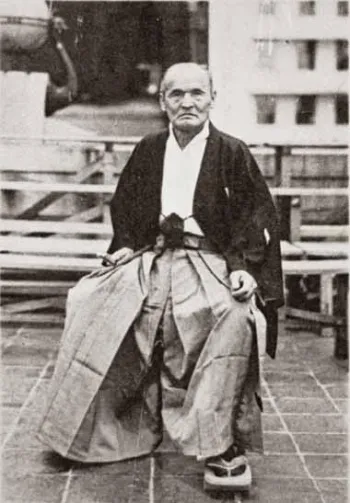
Ueshiba Morihei
The founder of Aikido
1883 - 1969
A considerable influence to the formation of the art of Aikido was Daito-Ryu Jujutsu, founded in 850-880, passed down as the secret art of the Takeda house. Sokaku Takeda innovated this to create Daito-Ryu Aikijujutsu. Ueshiba Morihei Sensei was one of his leading students.
O Sensei
Referred to as O Sensei, or “Great Teacher”. This title was given due to the number of master pupils of Ueshiba. The likes of Minoru Mochizuki, Kenji Tomiki and Gozo Shioda, Koichi Tohei, all forming their own Aikido streams still practiced today.
1936 “Aiki Budo”
Distincing his art from Daito Ryu Aikijutsu, Ueshiba called his martial art Aiki Budo.
1942 “Aikido”
Japan was undergoing a transformation of self-improvement, to “DO” or “The Way”. Jujutsu became Judo, Kenjutsu became Kendo and Ueshiba’s art being something very different, became “AikiDo”
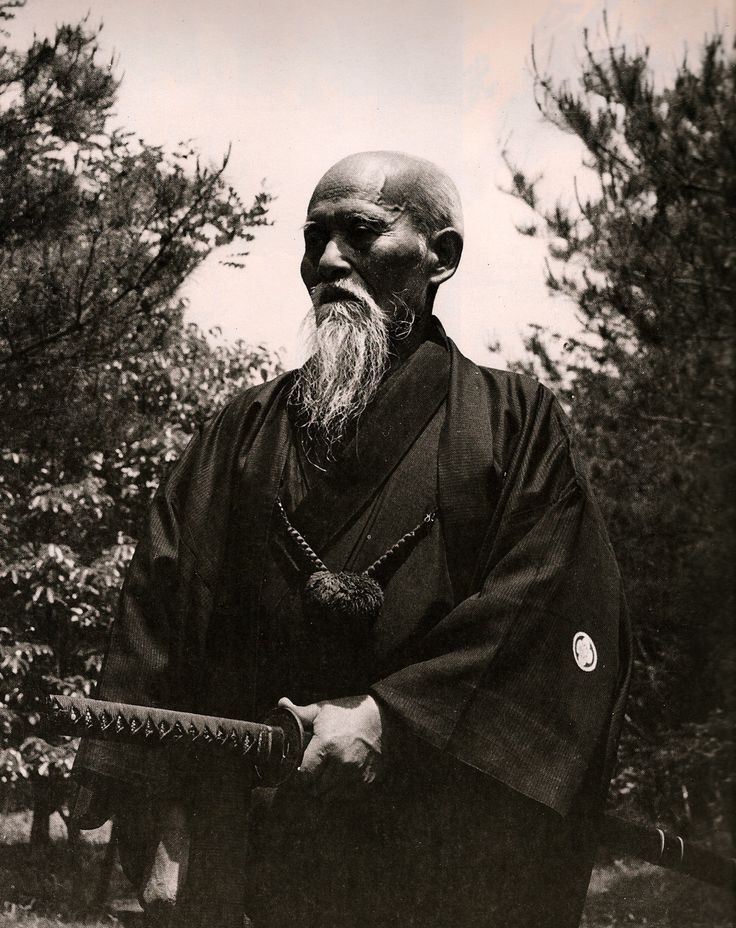
Shioda Gozo Soke
Founder of Yoshinkan Aikido
1915 -1994
Shioda Gozo Soke was a prominent martial artist and the founder of Yoshinkan Aikido, which is one of the major styles of Aikido practiced today. He was born on September 9, 1915, in Tokyo, Japan, and began his martial arts training at a young age.
Shioda studied a variety of martial arts styles, including judo and kendo, but his main focus was on Aikido. He studied under the founder of Aikido, Morihei Ueshiba, for several years and eventually became one of his top students.
In 1955, Shioda founded his own style of Aikido, which he called Yoshinkan Aikido. This style of Aikido focused on practical self-defense techniques and emphasized the importance of strong, precise movements.
Yoshinkan Aikido became increasingly popular in Japan and eventually spread to other countries, with Shioda traveling and teaching his art throughout the world. He also trained members of the Tokyo Riot Police and other law enforcement agencies in Japan, emphasizing the practical self-defense applications of his style.
Shioda continued to teach and promote Yoshinkan Aikido until his death on July 17, 1994. Today, his style of Aikido is practiced by thousands of students around the world and is known for its practicality, precision, and effectiveness in real-world self-defense situations.
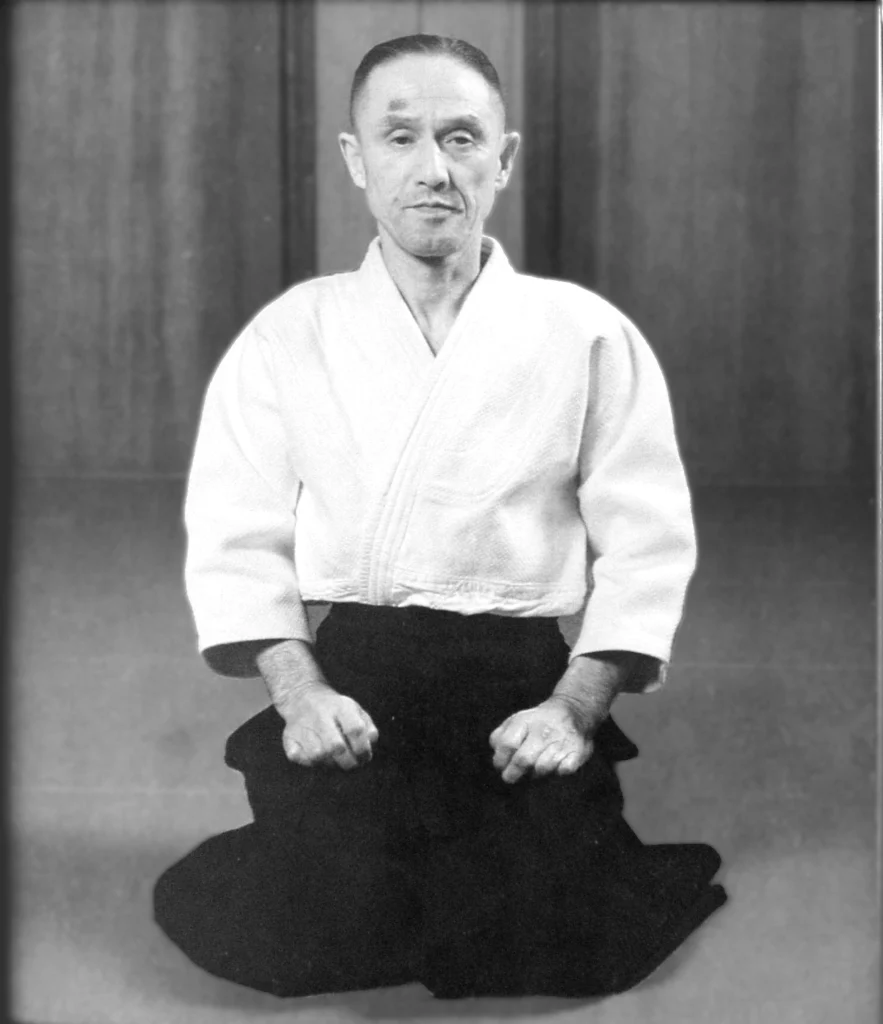
Thamby Rajah Sensei
The Father of Malaysian Aikido
1926-2022
Thamby Rajah Sensei was born in Seremban, Malaysia on the 23rd of December 1926. He was the youngest child in his family and attended St. Paul’s Institution (Primary and Secondary School). It was there that he excelled in physical activity, being the prime gymnast in the school’s gymnastic team.
The young Thamby Rajah also discovered his love for martial arts studying Jujitsu under Walter De Silva.
From there he moved onto the study of Judo and in the early 1950s went to the Kodokan in Tokyo. Thamby Rajah earned his Black Belt in Judo under the tutelage of Ichijima Sensei and the famous Mifune Kyuzo Sensei.
Thamby Rajah has the distinction of being the very first Malaysian to be awarded a Black Belt in Judo. An amazing feat.
Whilst training at the Kodokan, Thamby Rajah was introduced to Aikido by some American Judoka. On entering the Yoshinkan, he was immediately astounded by the speed and technique of Shioda Gozo Kancho. He immersed himself in the hard training offered by the Kodokan and the Yoshinkan.
On his second trip to Japan, Thamby Sensei earned the rank of Shodan from Shioda Gozo Kancho and upon his return to Malaysia, introduced the Art of Aikido to Malaysia. Hence, he is fondly referred to as the Father of Aikido in Malaysia.
In 1961, Thamby Sensei moved from teaching in a public hall in Seremban to a full-time location. This proud and historic school is still standing and running to this day. It is situated in the family land in Temiang, a suburb of Seremban.
Thamby Sensei, has lived a life of a true Budoka and has left a legacy of a great Budo Sensei.
This legacy and influence have spread through many countries around the world. Many dojos and instructors around the world are representatives of the legacy of Thamby Rajah.
His life has always been one of simplicity and devotion to his calling. He died as he lived, a simple man, surrounded by his loving family and his devoted students.
List of awards:
A. Malaysia Book of Records (2006)1. Oldest practicing Aikido Instructor
2. First to receive a 1st Dan in Judo
3. First Aikido School
B. Ahli Setia Negeri Sembilan (A.N.S) (2007)
C. Honorary Doctorate from Asia Pacific Open University (2012)
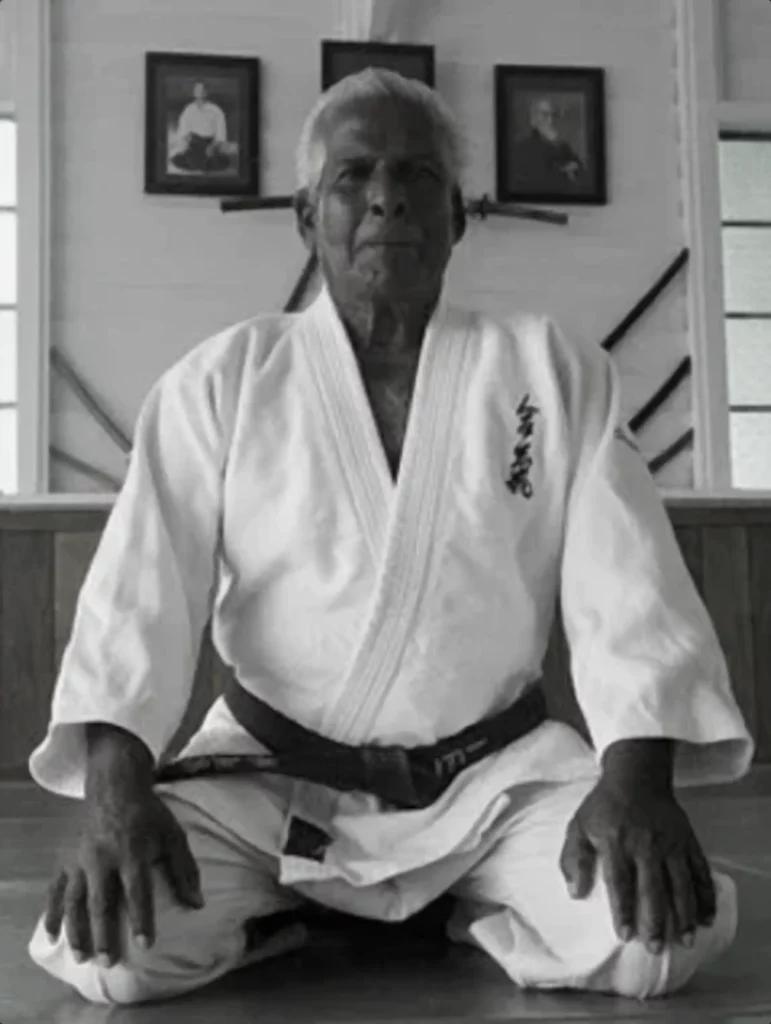
Inoue Kyoichi Hanshi
Founder of Aikido Shinwakan
1935-2017
Inoue Kyoichi Hanshi (born August 24, 1935) was a highly respected figure in the world of martial arts, renowned for his mastery of Aikido. As one of the few individuals to have achieved the esteemed rank of 10th Dan, Inoue Kyoichi Hanshi’s dedication and skill placed him among the most accomplished Aikido practitioners of his time.
Born in Tokyo, Japan, Inoue Kyoichi Hanshi began his martial arts journey at the age of 15. His first introduction to Aikido came under the tutelage of Gozo Shioda, the founder of Yoshinkan Aikido, who he met in 1955. Inoue Kyoichi Hanshi quickly became a devoted student and trained diligently under Shioda for the next 19 years. His hard work and commitment were rewarded when he was appointed as an instructor at the Yoshinkan Honbu Dojo in 1969.
Inoue Kyoichi Hanshi’s dedication to the martial art of Aikido continued to grow, and in 1972, he became the Chief Instructor of the Tokyo Metropolitan Police Department. His exceptional teaching skills earned him the title of Shihan (master instructor) in 1974. Inoue Kyoichi Hanshi’s influence began to extend beyond Japan as he traveled to teach and demonstrate Aikido techniques in countries such as Australia, the United States, and Canada.
In recognition of his exceptional skill and knowledge, Inoue Kyoichi Hanshi was awarded the rank of 10th Dan in 1991. This rare achievement solidified his position as one of the foremost authorities on Yoshinkan Aikido.
As a revered Aikido practitioner and teacher, Inoue Kyoichi Hanshi left an indelible mark on the martial arts world. His passion for Yoshinkan Aikido and his commitment to sharing its principles with others continue to inspire generations of students and instructors alike.
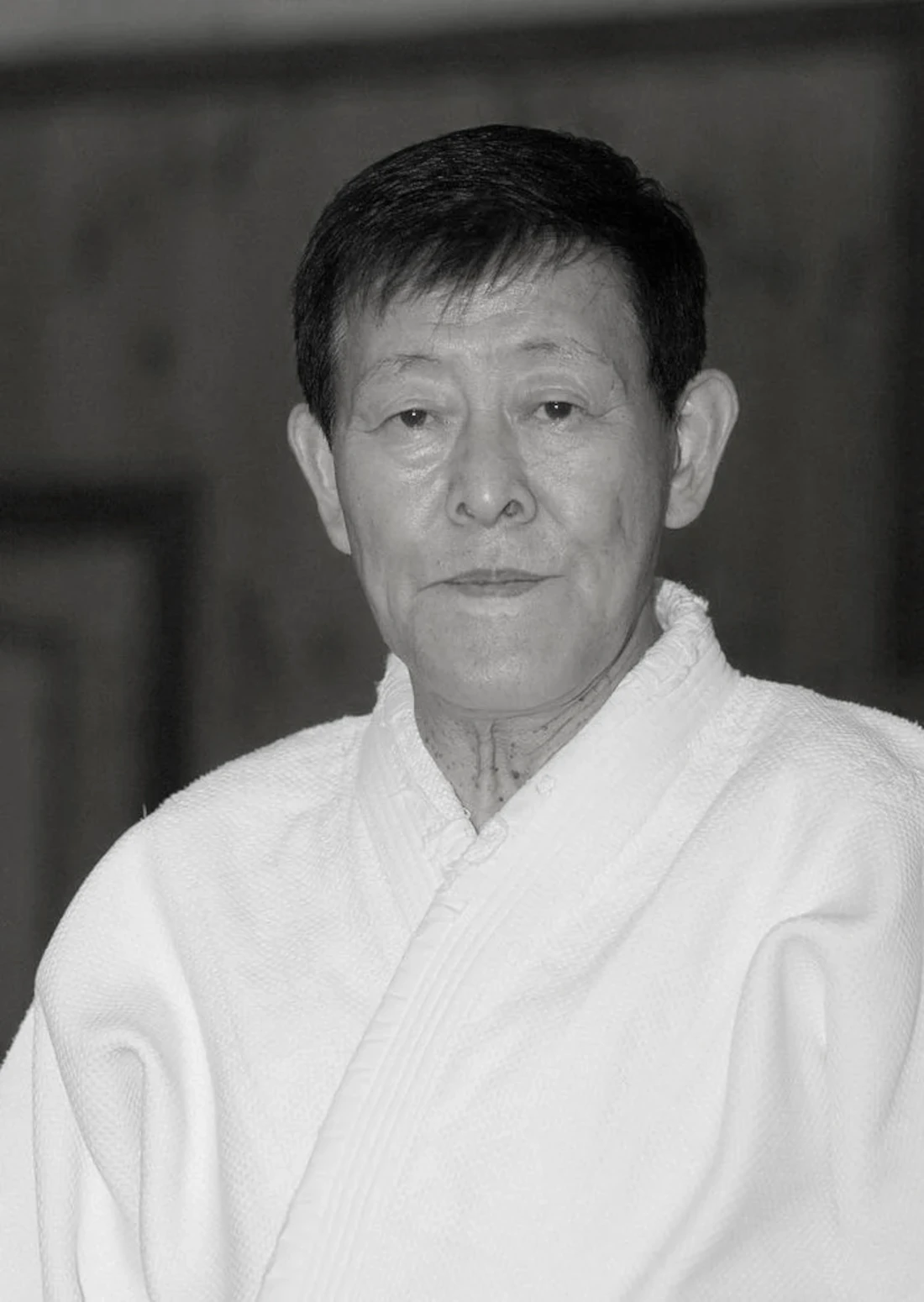
Inoue Aiko Kaicho
President
Aikido Shudokan International
Inoue Aiko Kaicho, 6th Dan, is the head of Aikido Nisshinkan. This organisation, with its headquarters in Japan, was created by Inoue Kyoichi Hanshi to promote the art of Aikido according to his beliefs. Inoue Aiko Kaicho accepted the Aikido Shudokan International’s invitation to become president of the organisation and we value the wealth of knowledge and experience that she brings to Aikido Shudokan International.
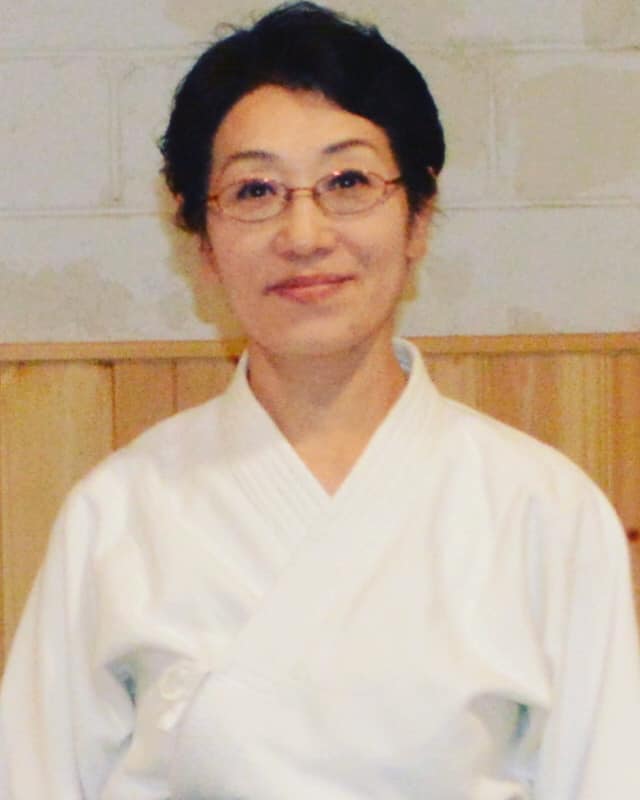
Joe Thambu Shuseki Shihan
Founder Aikido Shudokan Australia
1961 - PRESENT
Joe Thambu Shuseki Shihan is a prominent martial arts instructor and practitioner from Australia. He is the founder and chief instructor of the Aikido Shudokan school, which is based in Melbourne, Australia. Thambu Sensei began training in Aikido in 1972,
In 1972, at the age of 11 years old, in his home town of Seremban in Malaysia. Joe Thambu Shuseki Shihan began his martial arts career, training under his uncle, Thamby Rajah Sensei. Through his teenage years, he also trained in Kendo and Shindo Muso Ryu Jodo.
In 1978, he was awarded his Shodan, shortly after he travelled to Australia at the age of 19 years old. In Melbourne, Victoria he founded Aikido Shudokan in 1980.
Wanting to continue his learning in Aikido, he travelled to Japan in 1983 where he stayed and trained at the Yoshinkan Honbu dojo. Upon his return, he established the first permanent home for the Aikido Shudokan in Australia.
Thambu Sensei has trained under several notable Aikido instructors, including Shihan Goshi Yamaguchi, Shihan Morito Suganuma, and Shihan Shigenobu Okumura. To date he has taught Aikido seminars and workshops in many countries around the world and is well known for his technical proficiency, teaching skills, and contributions to the development of Aikido.
In 2009, he was awarded the title of Shuseki Shihan by the International Martial Arts Federation (IMAF) in recognition of his achievements and contributions to martial arts.
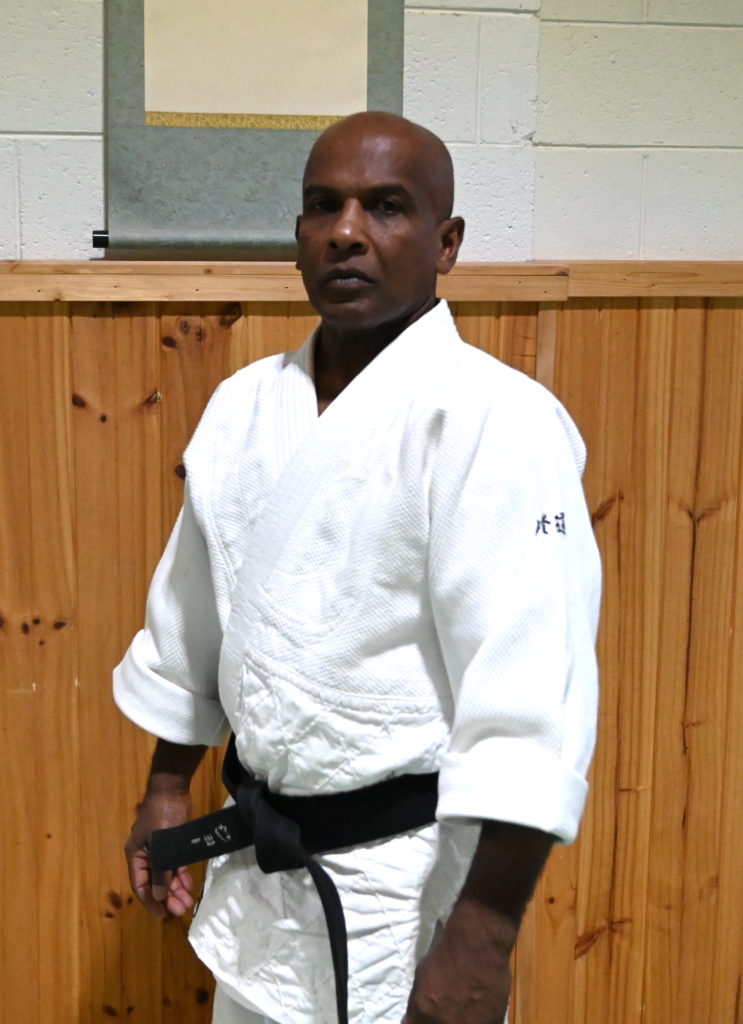
CALIGRAPHY BY INOUE KYOICHI HANSHI
ANYWHERE YOU CAN LEARN, THAT IS A GOOD DOJO
